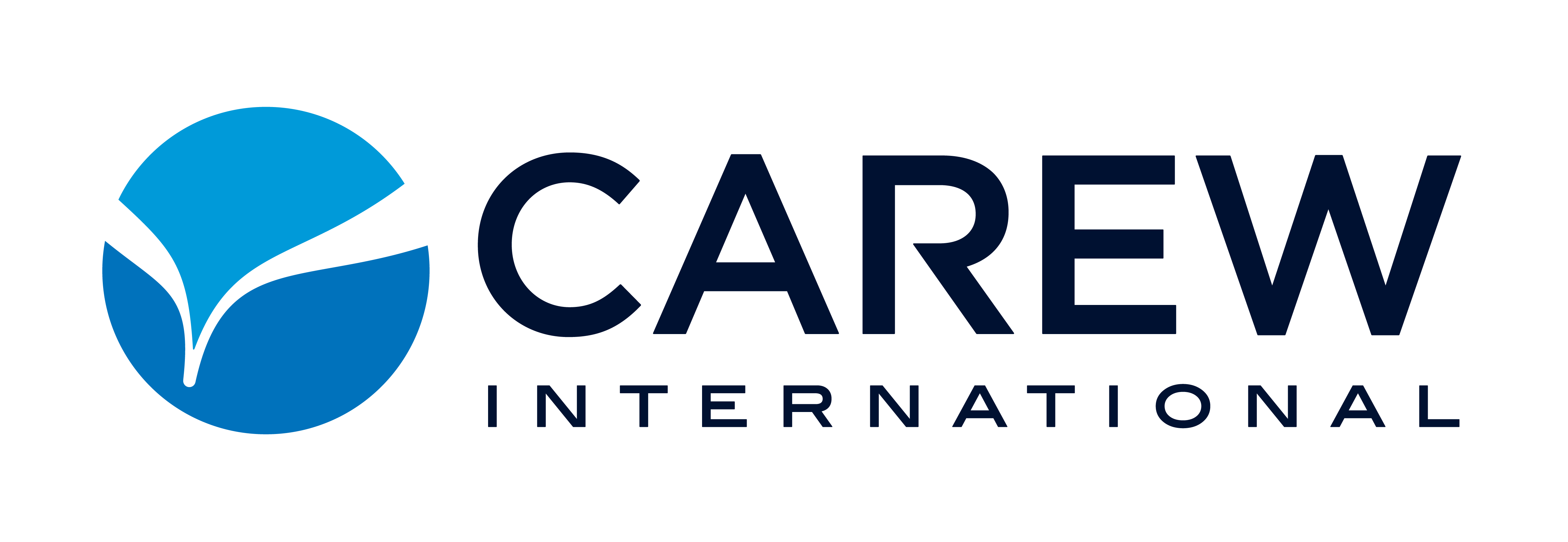Carew’s Positional Selling System® is a two-part strategy that comprises the Exploratory Process and the Presentation Process. While the art of presenting is undeniably important in sales, its effectiveness hinges on the groundwork laid during the Exploratory Process.
The Exploratory Process is a question-asking strategy that, when used successfully, allows you to truly understand your customer’s Gap – the discrepancy between their current reality and their desired outcome – from their perspective.
But it’s not just about asking questions; it’s about asking the right questions in the right way. Here’s how to refine your approach:
Avoid the Interrogation: Bombarding your customers with a rapid-fire Q&A isn’t exploration, it’s interrogation. At Carew, we emphasize the importance of thoughtful pacing. Allow time for your customer to reflect and answer authentically. Remember, it’s a conversation, not a quiz.
Let the Silence Work Its Magic: Open-ended questions are gold, but don’t undermine their power by jumping in to rephrase or elaborate. Ask your question, then pause. Give your customer space to think out loud. Those few seconds of silence can yield invaluable insights.
Start with “How,” “What,” or “Where”: These words invite expansive answers, not just “yes” or “no.” Avoid leading questions that steer the conversation toward your solution. Instead, focus on understanding their “Odds Are.”
Ask to Understand, Not to Sell: Shift your mindset from pitching to problem-solving. A question like “What are your biggest challenges with [current process]?” is more helpful than a veiled sales pitch. This builds credibility and trust.
Listen for the Why Behind the What: Facts are important, but it’s the underlying motivations that drive decisions. “Our revenue is flat” is a fact. “We’re struggling to expand into new markets” reveals the real pain point. Follow up with questions like “Can you tell me more about what’s causing that?”
Encourage Thoughtful Responses: Give your customer time to think after they answer. Resist the urge to fill every silence. A genuine pause can lead to the most revealing information.
Bonus Tip: Always keep the customer’s “Odds Are” (their unique perspective) at the forefront. This helps you ask questions that are both relevant and insightful. Remember, a customer who feels understood is a customer more likely to trust you with their business.

